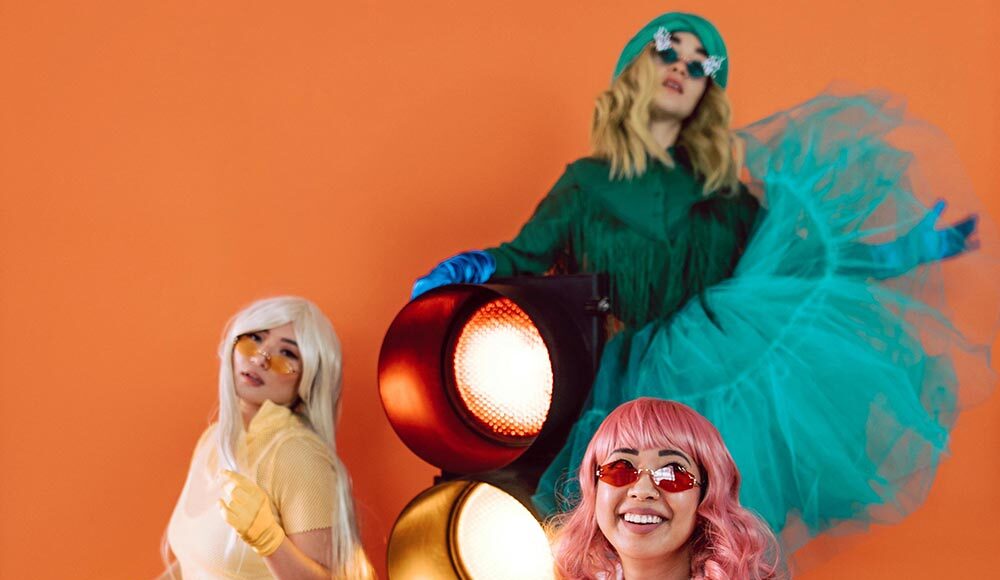If you’ve ever looked in the mirror and wished for thicker, longer, more glamorous hair overnight, you’re not alone. That’s exactly why clip in hair extensions exist, and why they’ve become a staple not just for celebrities but for everyday people too.
What hair extensions actually are
At the simplest level, hair extensions are strands of hair — human or synthetic — that you add to your own hair to create length, volume, or a new color effect. They can be temporary (clip-ins you take out at night) or semi-permanent (tape-ins, keratin bonds, sew-ins). Human hair extensions, especially Remy hair, tend to look and feel the most natural because the cuticle is intact and aligned.
The main types of hair extensions
Here’s the low-down, without jargon:
- Clip-in hair extensions: Small wefts with clips. Snap them in when you want big hair for a night out, snap them out before bed. Hair toppers are also great for beginners and for those struggling with thinning hair at the crown.
- Tape-in hair extensions: Flat wefts with adhesive tape. A stylist applies them near your roots. They last 6–8 weeks and can be reapplied.
- Sew-in or weave extensions: Braided base with hair sewn in. Common for very thick or textured hair.
- Keratin or fusion bonds: Individual strands fused with heat. Last longest but require professional installation.
- Halo hair extensions: A single thick weft attached to a nearly invisible wire you place over your head like a headband — no clips or glue.
For those comparing professional stylist platforms, Booksy Biz offers an in-depth breakdown at https://biz.booksy.com/en-us/comparison/styleseat-comparison to help users find trusted experts who specialize in clip-in and semi-permanent extensions.
Each method has its pros and cons. Clip-ins are the least commitment but give the least seamless look. Fusion bonds look the most natural but cost more and take hours to apply.
Human hair vs synthetic hair
Synthetic hair extensions are cheaper and hold styles well, but they can look shiny or plasticky under some light and you usually can’t use heat tools on them. Human hair extensions behave like your own hair: you can curl, straighten, wash, and color them (within reason). If you’re investing in extensions for regular wear, human hair is almost always worth it.
How to choose the right shade and length
This is where most people stress. The key is to match the mid-shaft of your hair, not the roots or the very tips. Most brands provide color swatches or offer free color-matching help. For length, think about lifestyle: 18 inches gives you “everyday long hair,” 22 inches is glam, 14 inches is volume without much length.
Caring for hair extensions
Extensions don’t get the scalp oils that nourish your natural hair, so they need gentle care. Use sulfate-free shampoo, keep conditioner and masks on the mid-lengths and ends (not the bonds), detangle with a soft brush starting from the tips, and let them air dry when you can. For clip-ins or halo hair extensions, store them neatly brushed in their box or a hanger when not in use.
Common mistakes to avoid
- Sleeping in clip-ins (they’ll tangle)
- Using too much heat without protectant
- Washing too often or with harsh shampoos
- Skipping maintenance appointments for tape-ins/fusion bonds
Why hair extensions can be empowering
Beyond the obvious style perks, hair extensions can be a confidence boost. Maybe you’re growing out a bad haircut, experiencing hair thinning, or just want to experiment with highlights without bleach. Good quality human hair extensions let you try on a new version of yourself instantly.
Bottom line
Hair extensions aren’t just for red carpets anymore. With so many types and price points, there’s an option for almost everyone. If you’re new, start with clip-ins or a halo to see how you like the look and feel. Once you’re hooked, you can explore semi-permanent methods with a stylist. Either way, the right hair extensions — especially those made from human hair — can transform your style and your confidence overnight.
##





